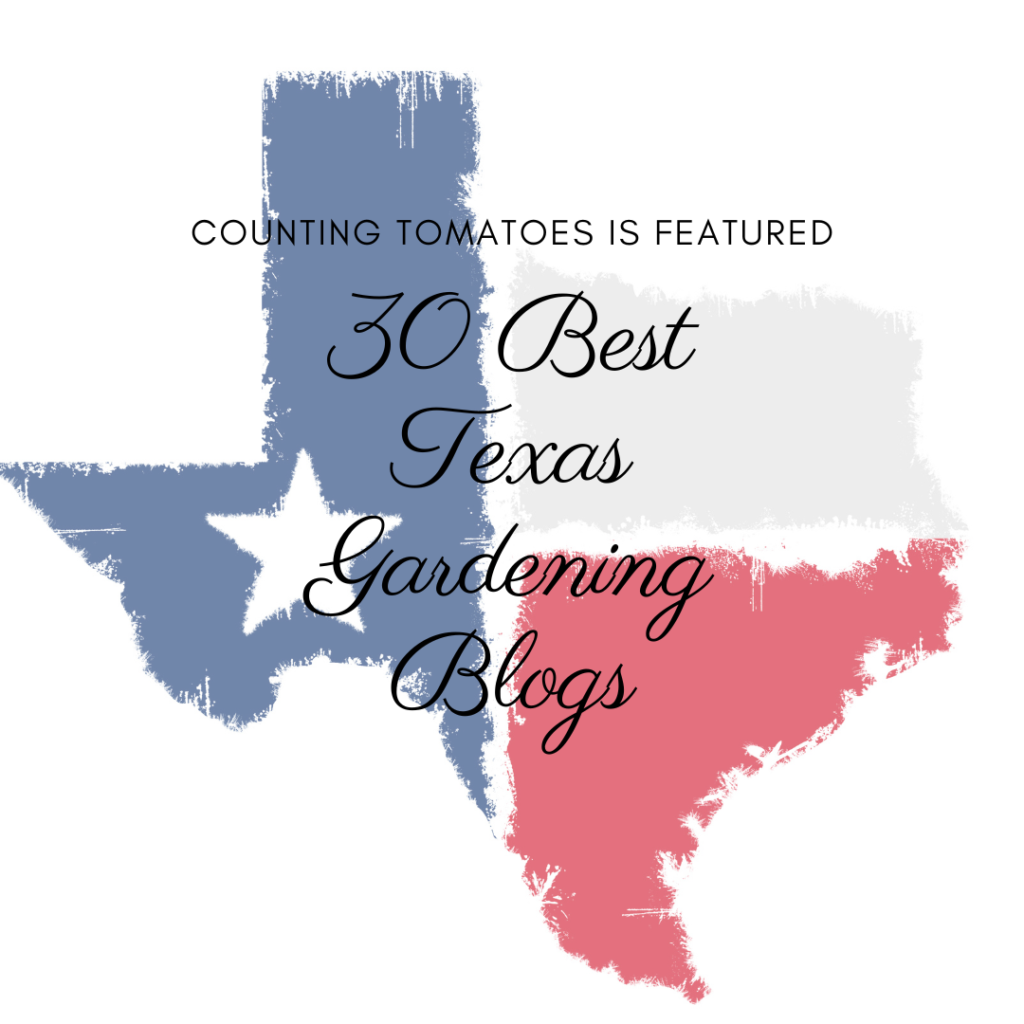As a gardener I try to grow the best tasting and healthiest produce in my vegetable garden. One of the best things you can do for your soil is to make your own homemade phosphorous fertilizer for plants using items in your kitchen. Healthy soil and plants are the biggest keys to growing your own produce. Plants rely on three major nutrients for growth which are Nitrogen (N), Phosphorous (P), and Potassium (K). I also detail some other homestead sources for other vital nutrients needed for plant growth.
What is Phosphorous and Why Do Plants Need Phosphorous
Phosphorous is a naturally occurring element required by both humans, animals and plant growth. Phosphorous is needed in the role of plant photosynthesis, healthy root growth, fruit development as well as plant health and immunity. Store-bought fertilizer products labeled “bloom booster,” or “blooming,” are high in phosphorous. Plants take up phosphorous through the soil. We can organically enrich our soil with this vital nutrient through the use of homemade phosphorous fertilizer.
Signs your Plants are Lacking Phosphorous
Phosphorus deficiency in plants can be visually identified at the early vegetative stage as abnormally dark green or reddish-purple color along the edge of the lower plant leaves. Phosphorus is an important nutrient for growth as a phosphorus deficiency will cause slow and stunted plant growth, greatly affected yield.
How Does Soil pH Effect Phosphorous
Phosphorous is very active with other elements in the soil depending on the soil pH. In alkaline soils, those with a pH above 7.3, phosphorous binds with calcium making it unavailable for root uptake by the plants. In acidic soil, those with a pH of 5.5 or below, the phosphorous binds with aluminum and iron becoming unavailable. Balancing your soil pH between 6.0 – 6.5 will help to ensure that phosphorous is available for uptake by plants.
Sources for Homemade Phosphorous Fertilizer for Plants
Your kitchen scraps can yield many sources for making your own homemade fertilizers for the garden. Here are some of my favorite ones to use:
Bananas
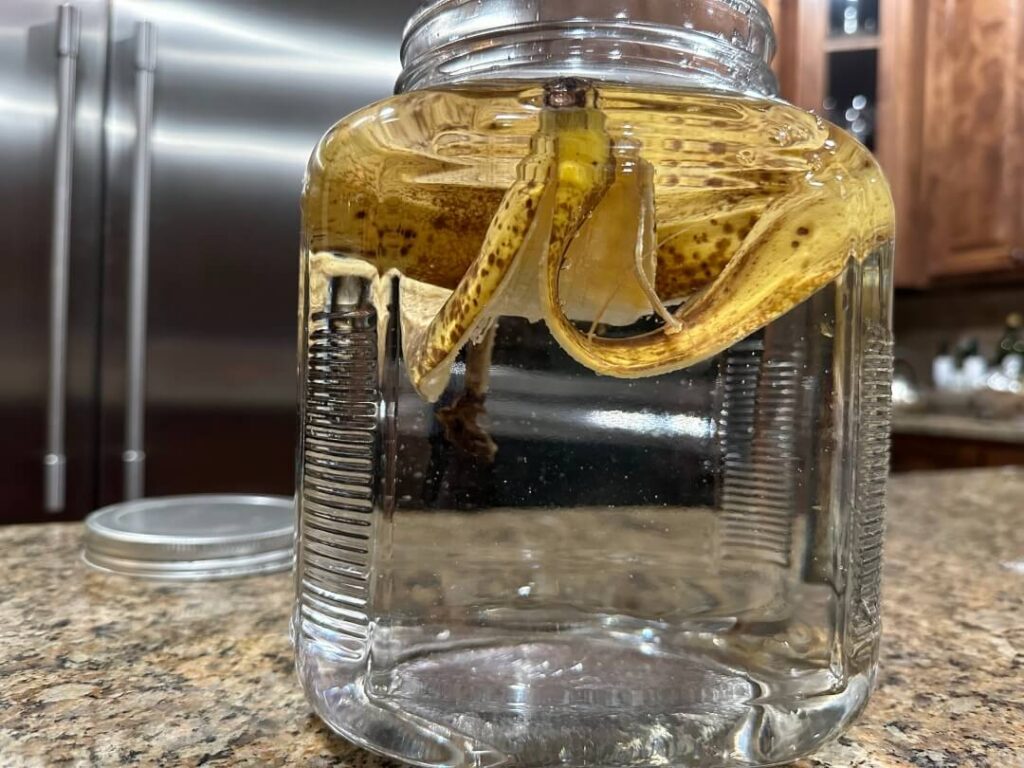
Bananas are used in a wide variety of recipes in our house from smoothies to bread. I then take the banana peeling and soak them in a jar with a gallon of water for several days. The banana peels contain high levels of potassium and phosphorous which will leech out into the water. After several days, remove your soaked banana peels and toss them into the compost bin. Dilute the banana fertilizer with 1 part banana water with 1 part of fresh water in a watering can. Soak your plant roots with this nutrient rich fertilizer for an organic boost of potassium and phosphorous.
Coffee Grounds
Coffee Grounds contain all 3 vital nutrients for plant survival: nitrogen, phosphorus and potassium. Fresh coffee grounds are acidic, so it is best to use already brewed coffee grounds in the garden which have more of a neutral pH level. Rake dried coffee grounds into the top layer of your soil around the base of your plants as a slow release natural fertilizer. Many coffee shops will save coffee grounds for you if you ask.
Do not pour day-old, brewed coffee down the drain either! Dilute it in a 1:3 ratio with one part coffee to 3 parts fresh water. It should look like weak tea. Diluted coffee is still slightly acidic. It is best to it use on acidic soil loving plants such as blueberries, begonias, azaleas, hydrangeas, ferns and roses.
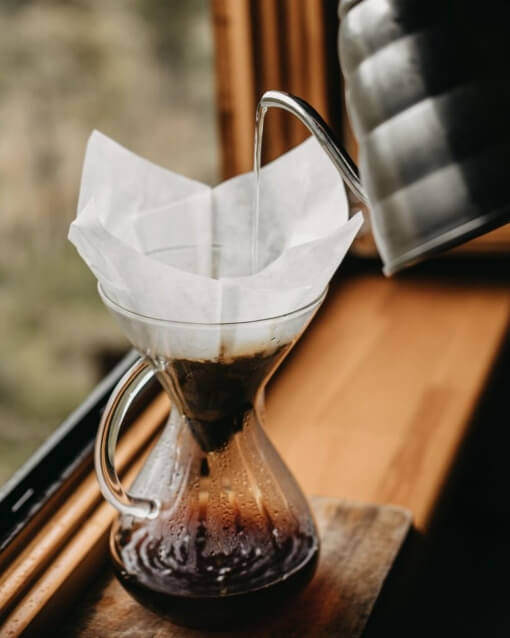
Bone Meal
Bone meal is an excellent source of phosphorous for vegetables and flowers. As bone meal is a smelly product, incorporate it well into the soil. I add 1 tablespoon of bone meal to every planting hole when transplanting fruiting vegetable seedlings such as tomatoes, peppers, pumpkins, squash, etc. Making your own bone meal is a little more difficult and you will need a way to dry out the bones, break them up and then grind them a powder. Grinding bones can wreak havoc on any kitchen appliance. It is recommended that you source a used blender from a yard sale or thrift store for this project. A great step by step video can be found by clicking here for how to make bone meal fertilizer.
Grass Clippings
Grass clipping contain about 4% nitrogen, 2% phosphorus and 1% potassium, providing a well-rounded source of nutrients for your garden. The best use of grass clippings is to make a homemade liquid fertilizer. Only use grass clippings from a lawn that has not been treated with weed and feed fertilizer! Gather your grass clippings in a large container such as a large bucket or tote.
Fill the container about 1/2 – 2/3 full with clippings and then add fresh non-chlorinated water. Allow the mixture to soak anywhere from 3 days up until 2 weeks. Stir the mixture daily with a long broom or tool handle. Once the grass clippings have soaked, strain the mixture into a clean container so you are left with a nutrient rich fertilizer tea. Dilute this mixture 1:1 with fresh water to feed your plants.
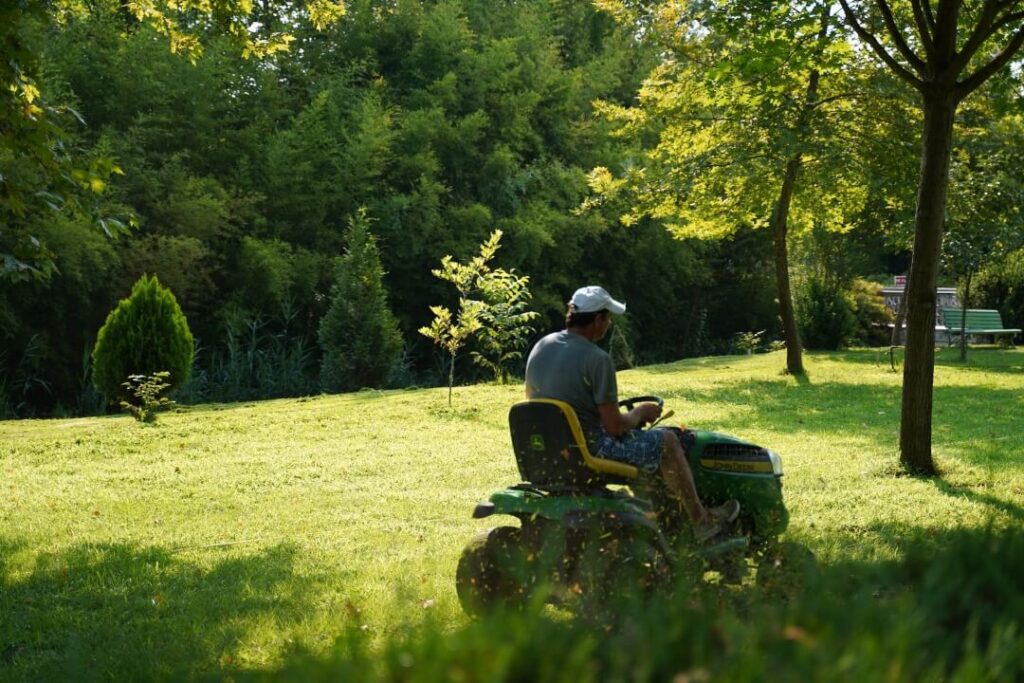
More Sources for Organic Fertilizer & Essential Nutrients
In addition to the phosphorous rich sources above, other kitchen scraps can provide additional sources of vital nutrients and trace minerals for your garden plants.
Blackstrap Molasses
Most often used in baking, blackstrap molasses is also a great source for nutrients needed to grow healthy plants. Blackstrap molasses is a source for carbon, iron, sulfur, potash, calcium, manganese, potassium, copper, and magnesium. One of the easiest liquid fertilizers you can make is to dissolve 1 cup of Epsom salt, 1 cup of alfalfa meal, and 1 tablespoon of blackstrap molasses into 4 cups of water.
Cotton Burrs or Gin Trash
Cottons burrs or gin trash are a byproduct of the cotton industry. As a slow-release, acidic fertilizer, cotton burrs provide phosphorous, nitrogen, potassium and other trace nutrients to the soil. Avoid using cotton burrs on young seedlings or plants with tender stems due to the high nitrogen and nutrient levels. Apply gin trash compost in the spring and work it into the top layer of the soil prior to planting. As this is a slow-release fertilizer, one application of gin trash compost will be sufficient for several growing seasons. If you have dense soils, cotton burrs can aid in soil aeration and increase moisture retention capacity in poor soils.
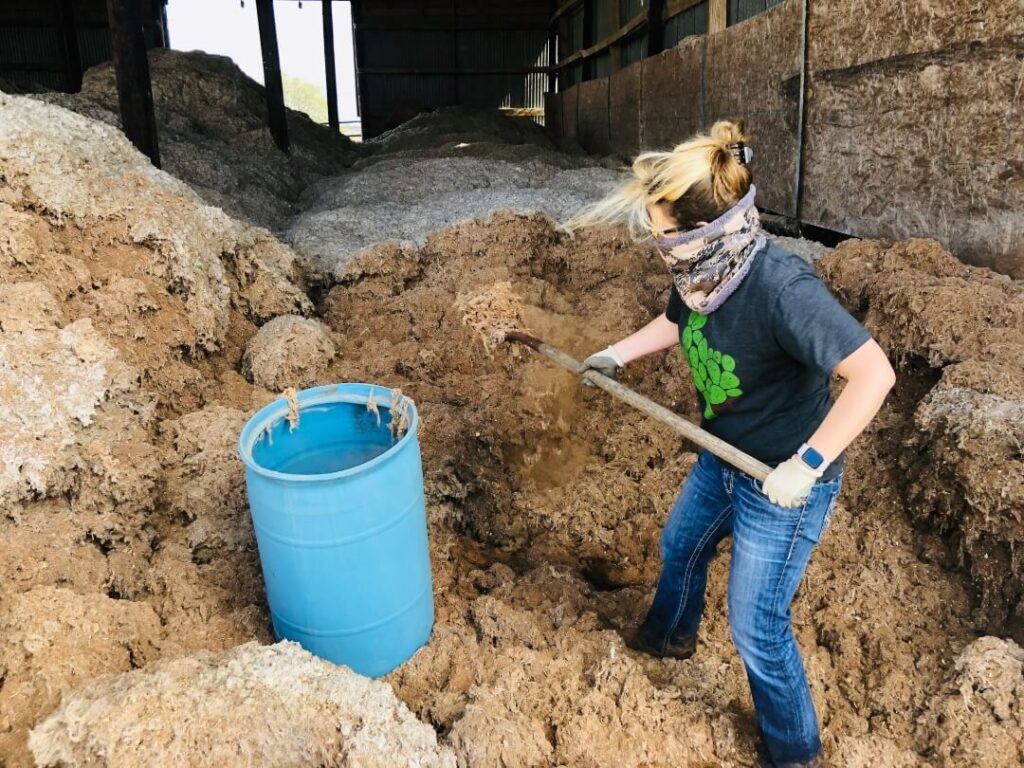
Cooking Water
Boiling vegetables, eggs or pasta in water leaves nutrient rich water perfect for the garden if you did not salt the water. Drain your cooking water in a separate container, allow it to cool and water your plants. The nutrient content will vary depending on what you boiled, however, it’s a wonderful way to recycle water and provide another source of nutrients for plants.
Egg Shells
Crushed eggshells contain approximately 40% calcium carbonate along with a trace amount of nitrogen and other trace minerals. Add ground eggshells to your garden soil to boost the calcium content in the soil helping to organically prevent blossom end rot.
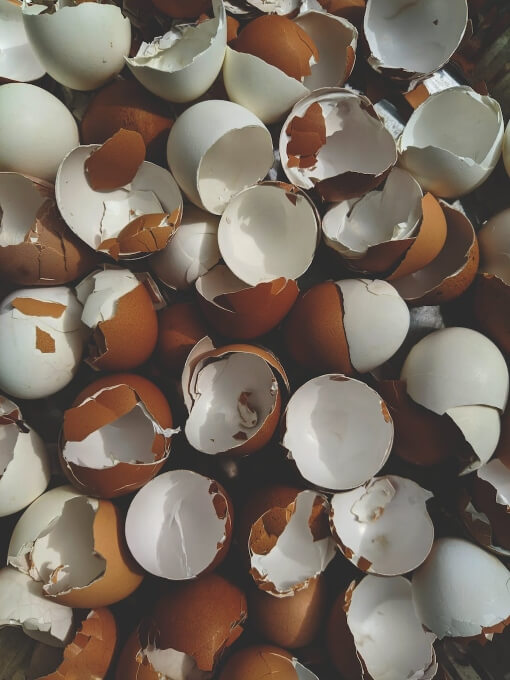
Fresh Manure
If you live on a homestead, livestock provides a great source of free fertilizer. You will only want to use manure from animals that graze and consume forage from untreated pastures. Manure from pastures sprayed with a selective herbicide to kill weeds while leaving the grass could be detrimental to your garden.
You want to use aged manure to avoid burning your plants; this is manure that has sat for at least 6 months. Fall is the best time to spread manure in the garden mixing it with the top layer of soil. Over winter, the manure will continue to break down, releasing nutrients into the soil. You’ll have a nutrient rich garden in time for spring planting and growing season.

Wood Ash
Wood ash from your fireplace is an excellent addition to the garden, but use it cautiously. A good rule of thumb is to spread no more than 20 pounds of wood ash per 1000 square feet of garden area each year. Wood ash is an excellent source of lime and potassium and will raise the pH of the soil. It is best to lightly scatter the wood ash in the garden, but it is even better to compost the wood ash in your compost pile. When wood ash gets wet it produces lye and salts. A small amount of lye and salt will not hurt your plants, however, large amounts of lye and salt can burn your plants. Composted wood ash allows the lye and salts to leech out making it a much safer way to get these valuable trace elements into your soil.
Can you Over Fertilize Plants with Organic Fertilizer
As with any fertilizer, those created using synthetic chemicals or created using organic matter, it can be overdone. As the nutrient components of homemade fertilizer are difficult to determine without lab analysis a good rule of thumb is less is more. Start off by diluting homemade fertilizers 1/2 to 1/4 strength to ensure you are not over fertilizing. Plants and the local ecosystem can be harmed by excessive phosphorus. Mycorrhizal fungi, found in the soil near the roots of plants, can be harmed by excess phosphorous in the soil.
You can always add additional fertilizer, but it’s very difficult to correct or save plants that have been burned from too much fertilizer. Before adding fertilizer, it’s always a good idea to have a soil test done to determine what nutrients are lacking or in abundancy in your garden beds.


